Rei Omori Holds the Power of Materials in Her Hands
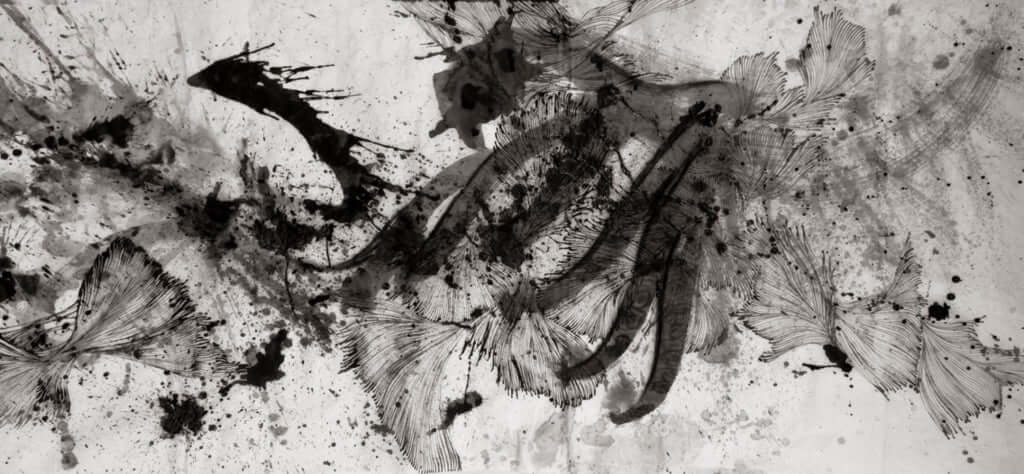
©Rei Omori
Rei Omori first encountered clay at the age of four, and since then, the materials and creativity have never left her hands. She was born in Hawaii but grew up in Kyoto in Japan.
She studied sculpture at university, where she experimented with other materials such as wood and stone. Her style can be described as crude: her paintings, like her pottery, are often monochrome and primitive.
The unpredictable nature of the production process taught this artist that she cannot control everything in life. ‘When you make a mistake working with some materials, it’s impossible to undo it. Natural causes of materials have taught me to enjoy mistakes rather than trying to avoid them‘, she confesses. She therefore gives her ideas free rein and her creations regularly take on abstract shapes.
Now, her painting masterpieces have been ordered by the department store Hankyu Men’s and the boutique hotel in the historical antique art district of Furumonzen Kyoto ‘Art Mon Zen’ , where her painted mural depicts an ocean wave of good fortune. The power of her artwork does the rest.
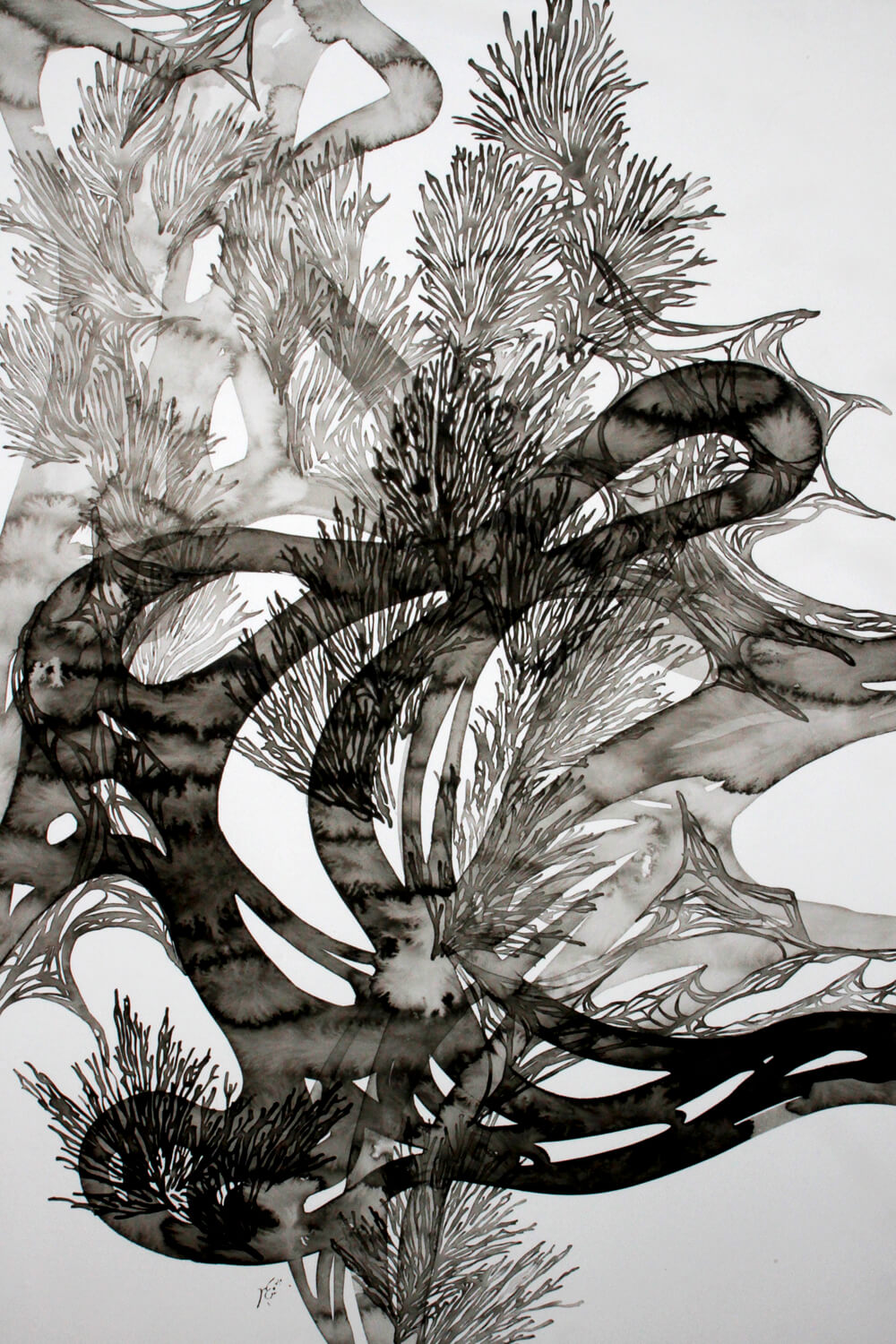
©Rei Omori
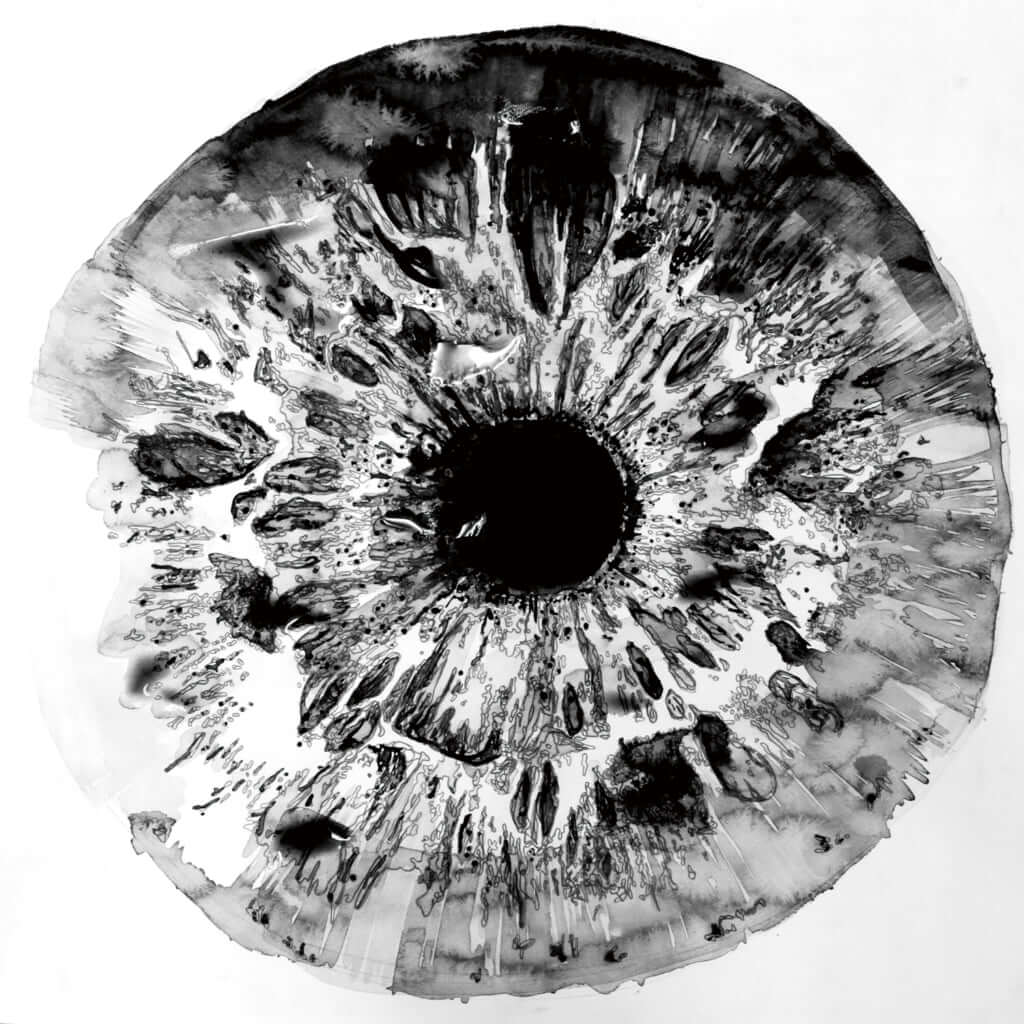
©Rei Omori
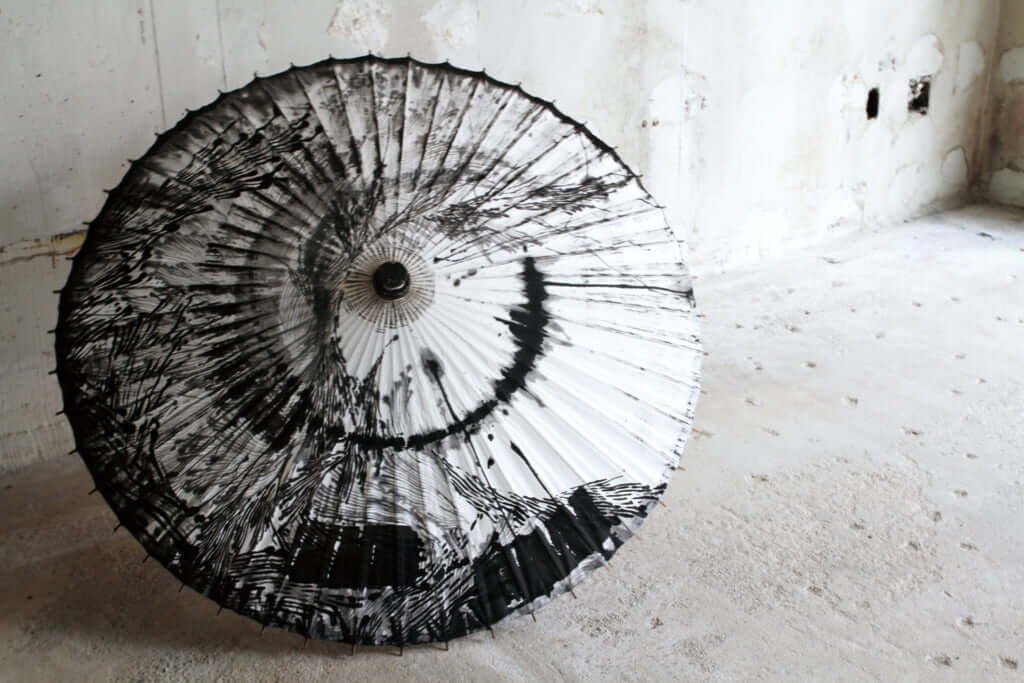
©Rei Omori
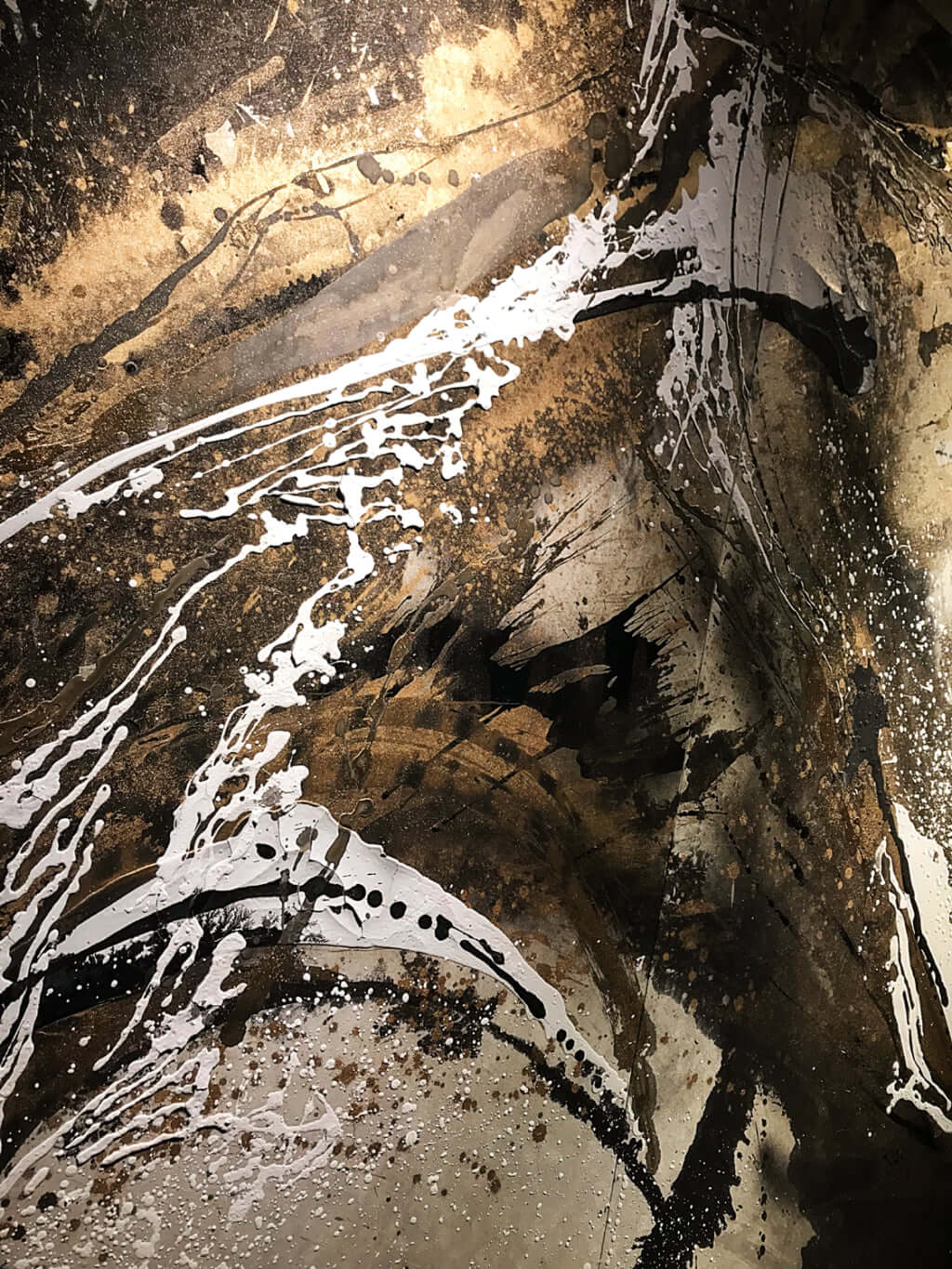
©Rei Omori
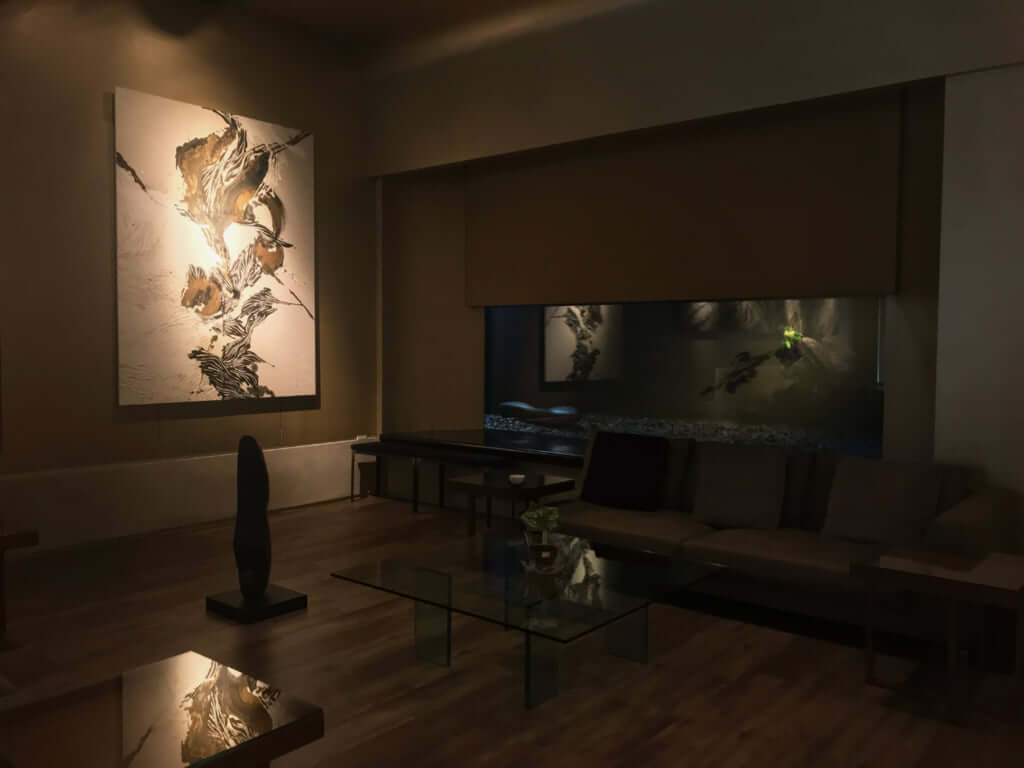
©Rei Omori
TRENDING
-
Yakumo Saryo: A Culinary Voyage in Tokyo
Shinichiro Ogata makes objects from glass, ceramics and bronze but is also a fantastic cook. Have a taste of both his talents at restaurant Yakumo Saryo.

-
WA BI GIN : (An Old) Affair of Passion
The Japanese distillery Hombo Shuzo, first known for their shoshu, decided to launch itself into artisanal production of gin. Thus, WA BI GIN was born.

-
Gome Pit, the Pop-Up Bar in a Waste Treatment Facility
Japan never ceases to surprise. Gome Pit is a pop-up bar with an unobstructed view over a pit where tonnes of waste are piled up before being incinerated.

-
A Japanese Tea Room Perched Atop a Rooftop
The building, in keeping with the minimalist style of its creator, offers a splendid view of Vancouver Bay and the surrounding mountains.

-
Discover Japanese Gastronomy Through The Solitary Gourmet Manga
This illustrated black and white album follows its lead through various bars, celebrating the Japanese art of living.





